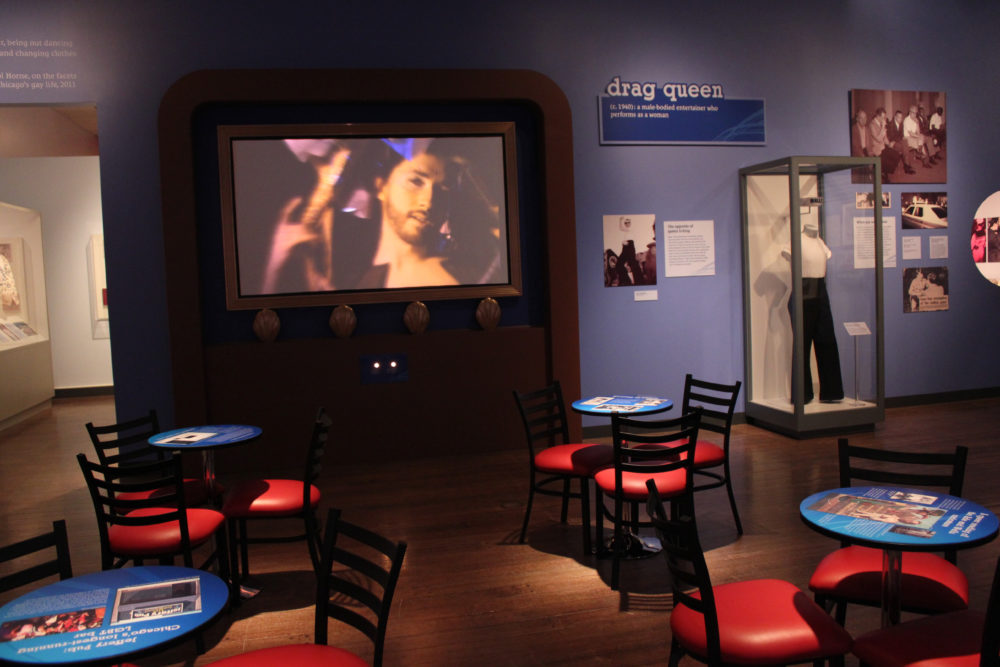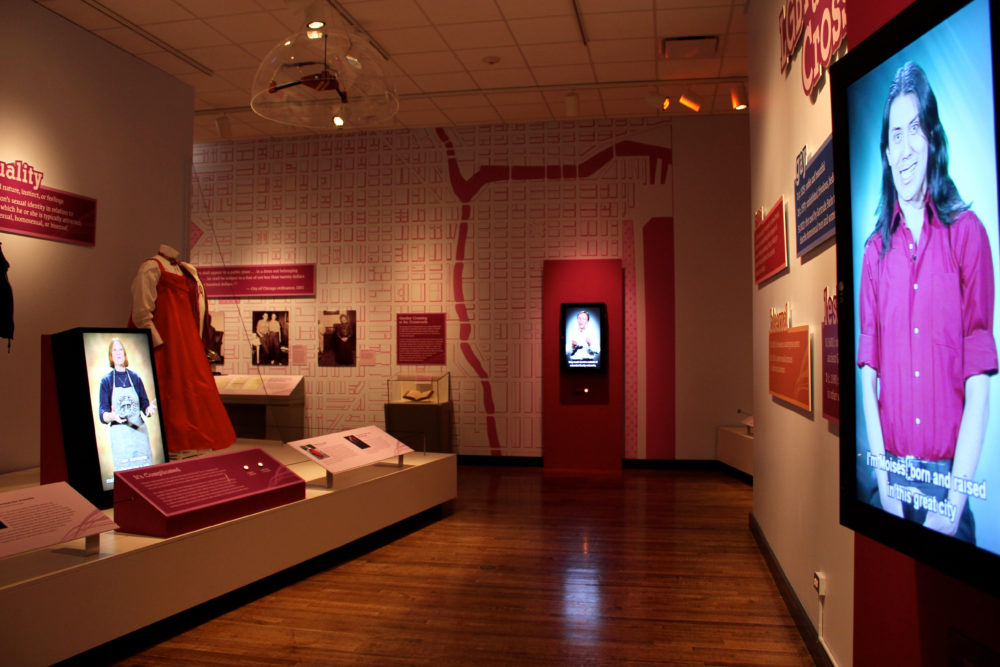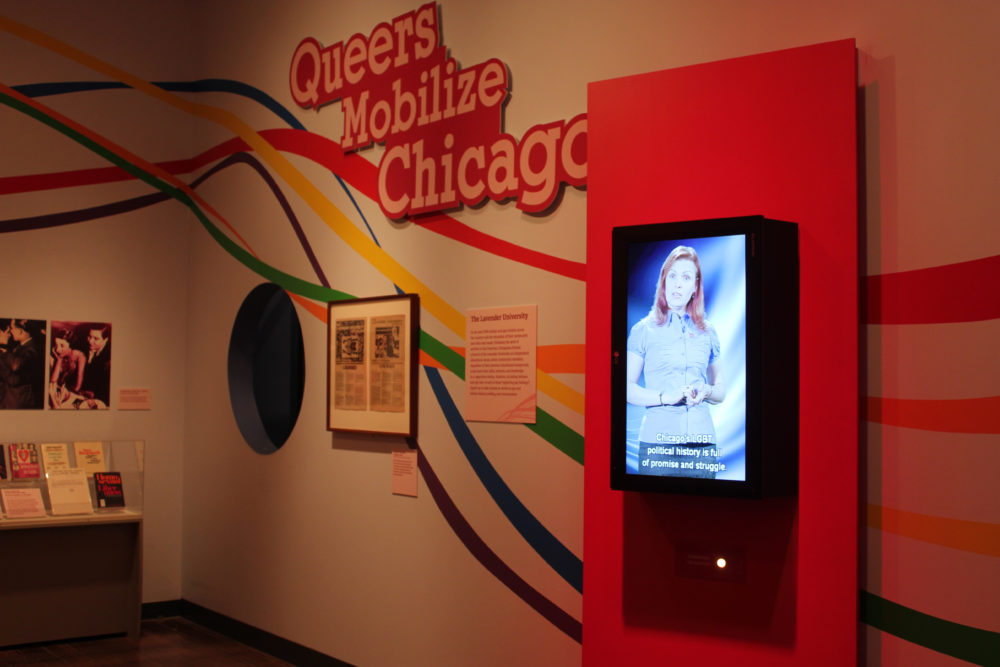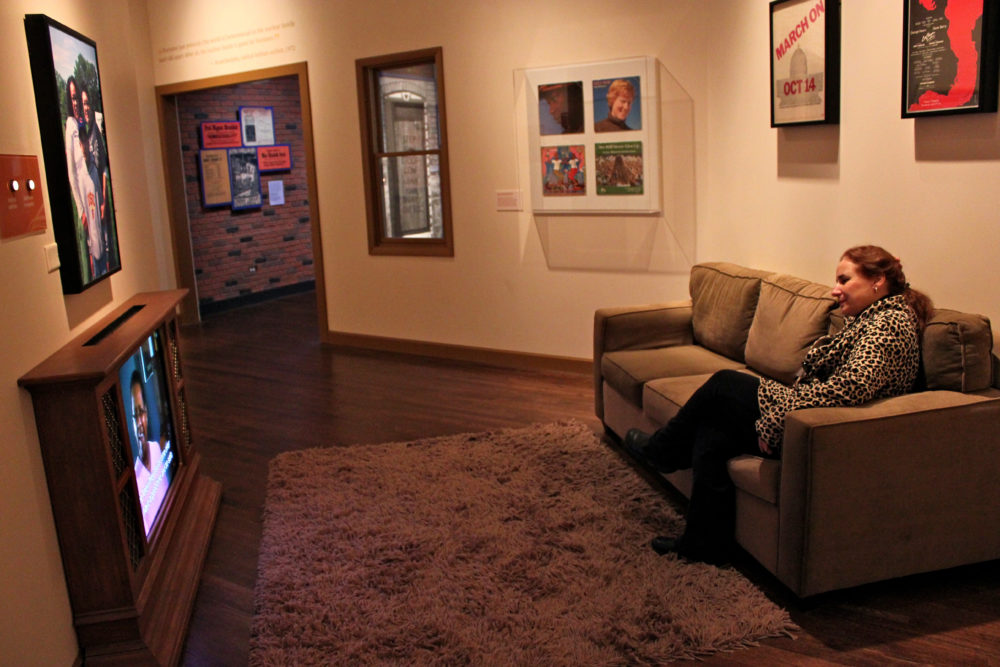OUT In Chicago - Award-winning media drives a groundbreaking exhibit
Client: Chicago History Museum
Awards: Winner MUSE and AAM Excellence In Exhibitions
Category: Museum, Interactive, Video
The Chicago History Museum wanted to celebrate the contributions of the city’s LGBT community and to enable the audience to form personal connections with its members. They selected Trillium Productions to spearhead the media creation effort. We crafted 55 minutes of video for this landmark exhibit. The videos are noteworthy in their individual power, honesty, and diversity; taken together, they form the heart of this amazing exhibition, one of the first of its kind in a mainstream museum.
While Out’s target audience included LGBT people, it spoke to all visitors regardless of sexual orientation and contained ample opportunities to forge personal connections with the subject matter. Establishing emotional connections was vital to the exhibition’s success and videos were key.

Tamara Biggs
Director of Exhibitions
Chicago History Museum
“Trillium was my first choice to make films for OUT in Chicago based on our experience working with them on Catholic Chicago, an exhibition in 2008. They have incredible ability to conduct meaningful interviews and weave disparate bits into salient and moving final products. They themselves became very committed to bringing out the best stories for an underrepresented and misunderstood community. Their work is true and honors the source.”
It's Complicated
OUT in Chicago Exhibit
“Visitors were clustered around the TV – sitting on the couch and on the floor watching every video. To watch people sit for 22 minutes in rapt attention, that’s something you don’t see in museum exhibits.” —Nancy Goodman, Exhibit Developer
















